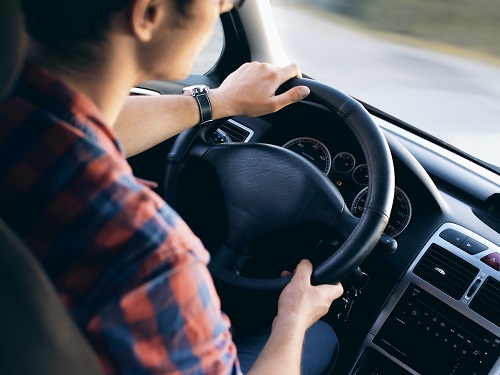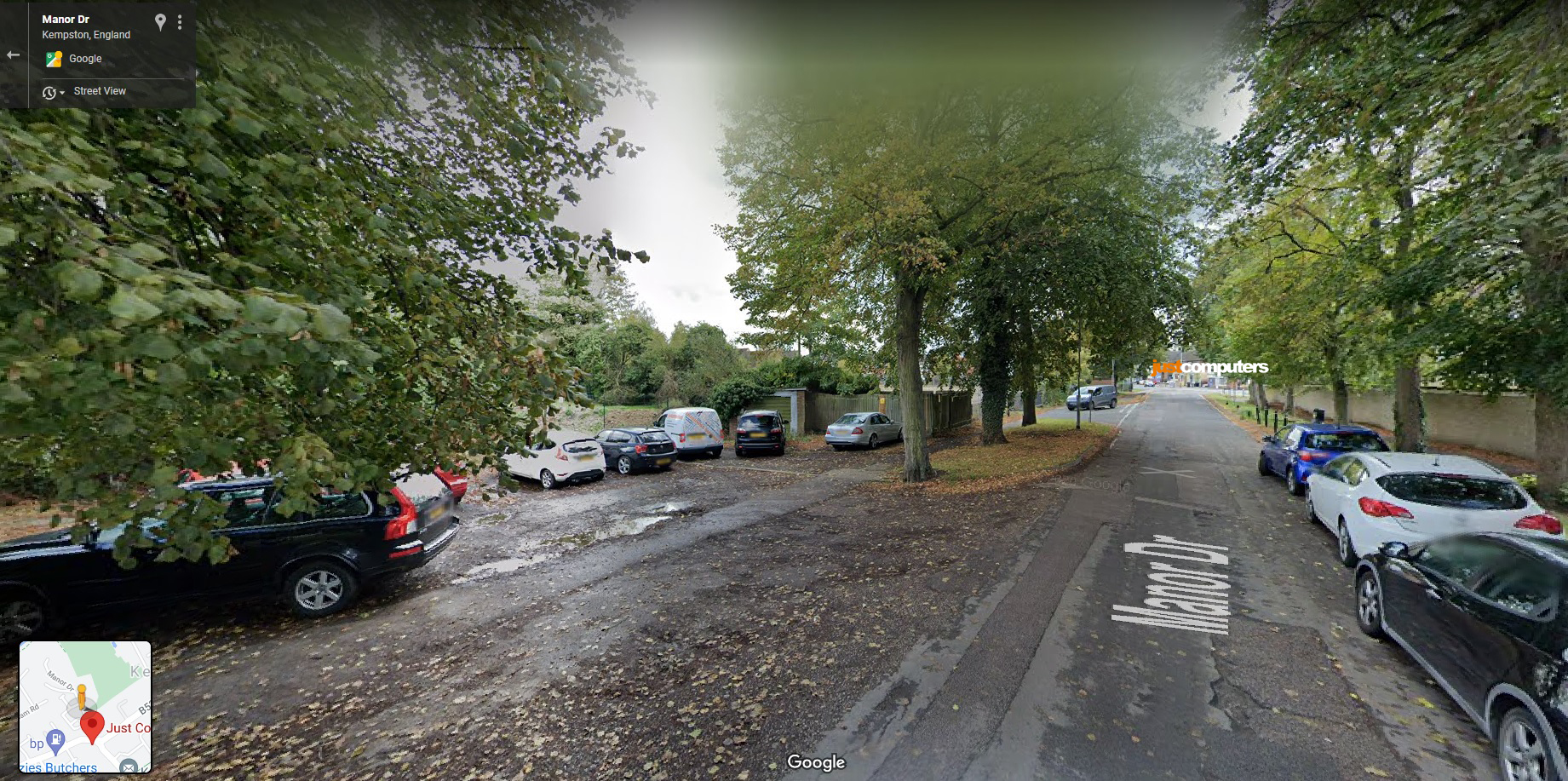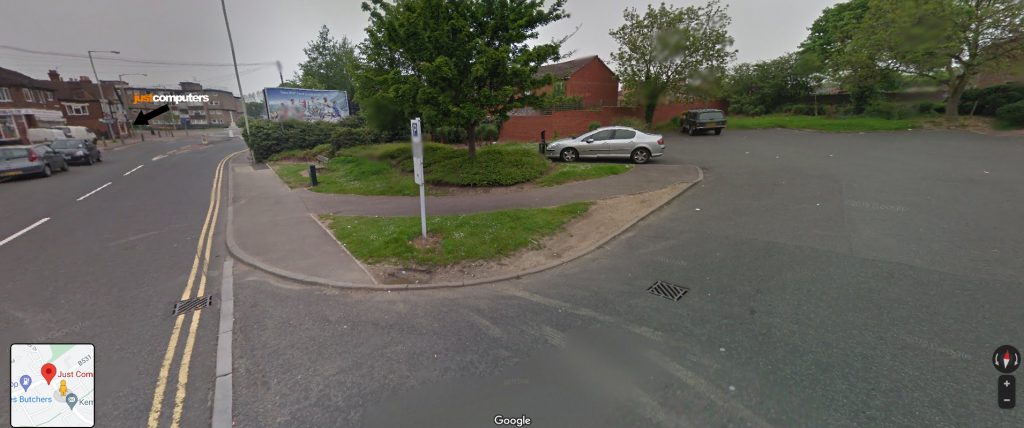
In this insight we look at how hypermiling techniques and tools can help reduce fuel costs and help the environment.
What Is Hypermiling?
Hypermiling is driving (or flying) a vehicle with techniques that maximise fuel efficiency. Hypermiling enables car drivers, for example, to drive more economically, saving costly fuel and helping the environment. Hypermiling can help drivers to exceed a vehicle manufacturer’s stated efficiency simply by modifying driving habits and techniques.
Preparation
Effective hypermiling for petrol and diesel cars really begins before a driver has even started the engine. This happens by thinking about, making decisions, and taking measures to ensure that fuel efficiency has the best chance of being maximised. Examples of preparation to maximise hypermiling include:
– Deciding whether each journey is necessary at all and whether the same result (and other benefits) could be received by walking, cycling, or using public transport.
– Keeping a car well maintained and regularly serviced. This can at least ensure that the engine runs as effectively and, therefore, as efficiently as possible. Regularly checking tyre pressure can also help to maximise fuel efficiency.
– Making sure that the car is never carrying unnecessary weight e.g., heavy items left in the boot or on the back seat that would require the engine to work harder and burn more fuel.
– Planning routes to minimise distances, minimise contact with heavy traffic, and minimise hills/gradients can help.
Hypermiling Techniques
Once a driver has started their journey, some of the techniques and tactics that can be used to maximise fuel efficiency include:
– Driving smoothly by trying to anticipate accelerations and breaking and using the right engine speed. Studies have shown that this kind of driving behaviour can reduce fuel consumption by as much as 25 per cent.
– Driving slowly, being gentle on the accelerator pedal, and avoiding driving with bare feet or just socks. Hypermiling experts suggest that drivers have more control when wearing shoes.
– Consider using gentle pulse and glide acceleration.
– Minimise distractions in the car while driving as concentration on the road ahead can help a driver to anticipate the events ahead, thereby helping with smooth braking.
– Avoid having the sunroof and windows wide open as this can increase drag and fuel consumption.
– Where a car has cruise control, this can help on the open road to reduce fuel consumption by enabling the driver to keep a consistent speed.
– Avoid leaving the engine running for more than a minute if stopped.
Tech Help
There are also digital tools to help drivers to maximise fuel efficiency. Examples include miles per gallon (MPG) usage counters, fleet tracking software, and fuel economy and fuel calculator apps. Also, last October, Google announced the introduction of ‘Eco-friendly Routing’ to Google Maps. Google used AI and insights from the U.S. Department of Energy’s National Renewable Energy Laboratory (NREL) to design a new routing model for Maps that not only gets users to their destination as quickly as possible, but also optimises for lower fuel consumption.
Drawbacks
There are, of course, some drawbacks to focusing too much on hypermiling. Most motorists will know that when one motorist drives very slowly this can cause tailbacks, frustration, and cause other drivers to make rash and sudden moves that can lead to accidents. Concentrating too much on what’s happening in the car can happen at the expense of noticing what’s happening out the window where most of the danger and threats are. Driving to the conditions rather than a pre-arranged, rigid plan may also be a safer option.
What Does This Mean For Your Organisation?
With fuel prices reaching an all-time high in the UK and a climate emergency to think about, it makes sense to employ simple ways to maximise fuel economy and to use techniques and tech tools that can help. There is an argument that switching to EV would be better from an environmental view, but this is likely to be a slow transition as many find the cost of switching now prohibitive and there are concerns that the charging network is not yet developed enough. For transport and logistics businesses, some of these techniques may help although tight schedules and road congestion can prove to be a challenge to the best intentions. For individual car drivers, whether for business or pleasure, trying out hypermiling techniques and ideas may yield some surprisingly positive results in fuel cost savings at a time when it’s especially important to mitigate the effects of price rises, with the bonus of green benefits.




